Last week we told you about our trip to the Silver Coast. We could have headed west from VRSA and taken the toll road nearly the entire way. But instead, we headed north on country roads to a town that once had strategic importance.
Why?
I consulted Google maps when planning our trip. Stopping in Beja would only add 30 minutes to our overall drive time. So at 09:00 on a Sunday morning, we kissed Onix on the top of the head. Explained her sitter would be there before noon. Packed the car and headed north.
Permit me to first say that I find all online mapping tools a marvel. How one goes about collecting all that data for our “free” benefit is truly amazing. When Denise and I owned a motorhome, we had an RV GPS that even helped us avoid low bridges and 95% of the time directed us to the location of thousands of campsites. You may recall when we first moved to Portugal, Google Maps even found an undocumented trail over a hill, saving us nearly 30 minutes when walking to a grocery store.
But why, oh why, did Google maps direct us to a 17km long single lane, yet two-way, road? There was a perfectly good two-lane road nearby that would have only added 2 minutes to our drive. Okay, we survived. It was early on a Sunday morning and the paved, well-maintained road was very lightly traveled. Drivers were courteous and pulled over on the occasional eyebrows. But when it was time to turn onto a “normal” road, I was relieved.
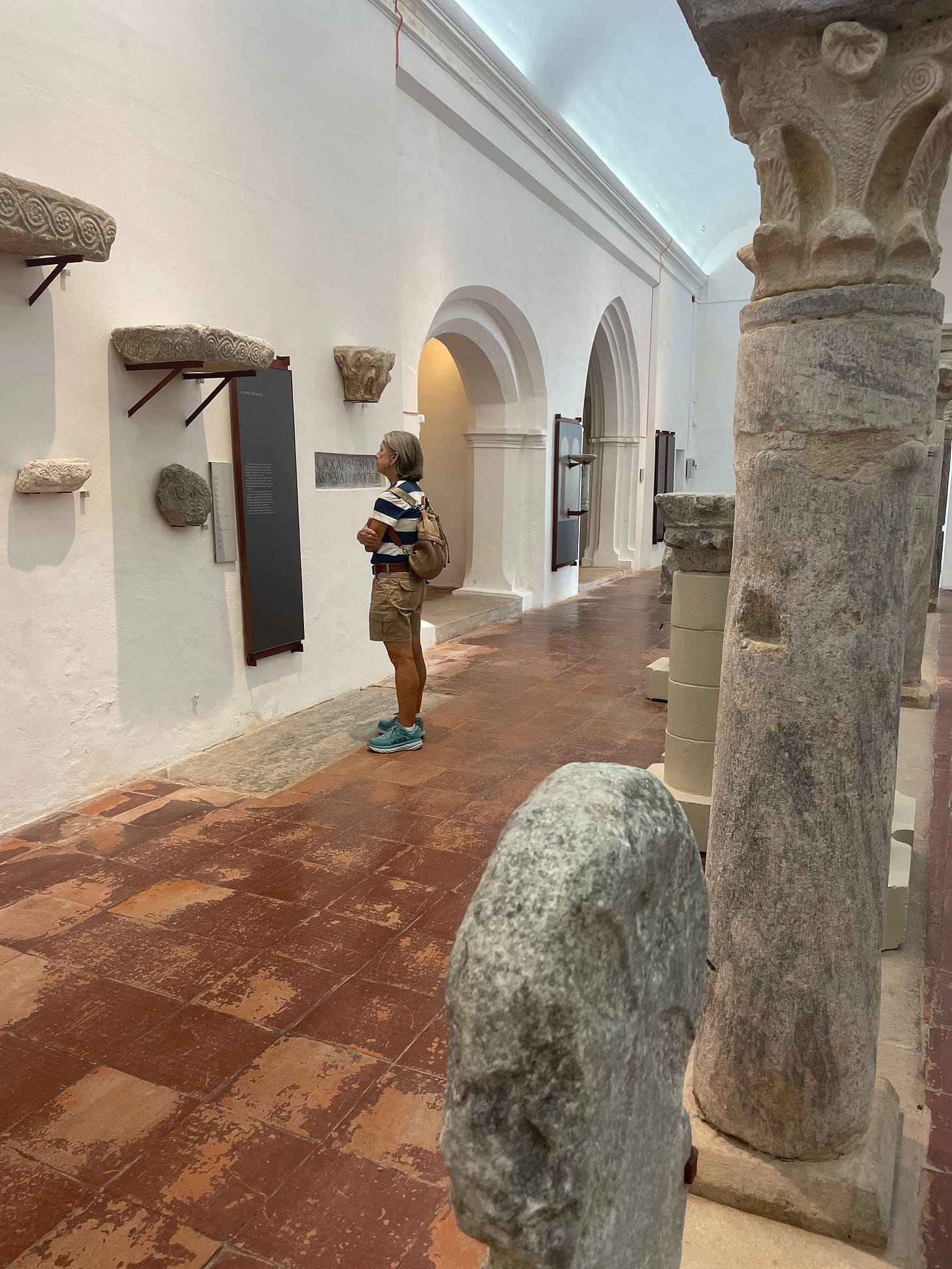
Why Beja?
Beja is a city on top of a 277-meter hill, that once had strategic military importance to Alentejo. The city’s long history is well documented in the Regional Museum of Beja, Núcleo Visigotico. Already inhabited by the Celts (1000BC), the city was later named Pax Julia by Julius Caesar in 48BC. It was then conquered by the Visigoths but later fell to the Moors (in 713). Conquests between the Christians and the Muslims continued for centuries and effectively left the city empty except for rubble. Finally, in the 16th century, Beja again became a city under Manuel I.
Today, Beja is the capital of the Beja District. The city itself boasts approximately 24,000 residents. In terms of weather, it is a city of extremes having posted the hottest days in all of Portugal (45.4 Celsius, 113.7 Fahrenheit) and the coolest winter nights (record low of -3.2/26.2). On rare occasions, it even snows in Beja. The main industry in this area is agriculture, primarily olives, wine, and wheat. Secondary to this is tourism, as Beja has much to see.
Another Castle, Another Wall
The Castle of Beja was built on top of Moorish ruins by King Diniz in the 13th century.
It consists of battlement walls with four square corner towers and a central granite and marble keep (Torre de Menagem), with its height of 40 m the highest in Portugal. The top of the keep can be accessed via a spiral staircase with 197 steps, passing three stellar-vaulted rooms with Gothic windows. The merlons of the machicolation around the keep are topped with small pyramids. Standing on the battlements, one has a sensational panorama of the surrounding landscape. One can also glimpse the remains of the city walls that once had forty turrets and five gates. The castle now houses a small military museum.
The square in front of the castle is named after Gonçalo Mendes da Maia or O Lidador, a brave knight killed in the battle against the Moors in 1170. — Wikipedia
Access to the castle is free, but there is a hitch. If you want to climb the 197 steps to the top of the tower you will need to pay €1. We choose not to do this and instead “walked the wall”, which unlike Óbidos’ is not open to the courtyard below. The Castle has received extensive restoration and is a beautiful example of a Medieval castle.
Jorge Vieira Museum
Inside the Castle of Beja is a small museum dedicated to the works of Jorge Vieira. In doing research for this post I cannot find the exact connection the artist has to this city. He was born in Lisbon in 1922 and was living in Estremoz when he died in 1998. In 1994, Vieira installed the Monument to the Unknown Political Prisoner in Beja and in 1995 the city of Beja acquired the building that features his artwork today. If anyone knows, please leave a comment below.
Of course, there are plenty of churches to see and a large public park to relax in. The city even has a large placard with a recommended route so you can design your own free walking tour.
The Museum to Queen Leonor was undergoing extensive renovations and was closed on the day that we visited. So I suspect, we will be making another day trip to Beja at some point in the future. But will we remember to avoid that single-lane road?

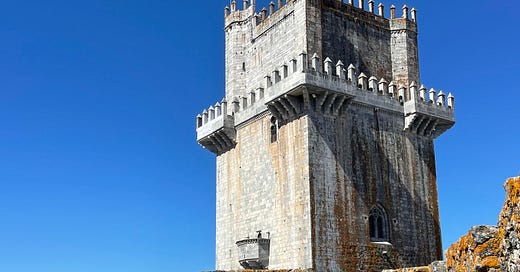



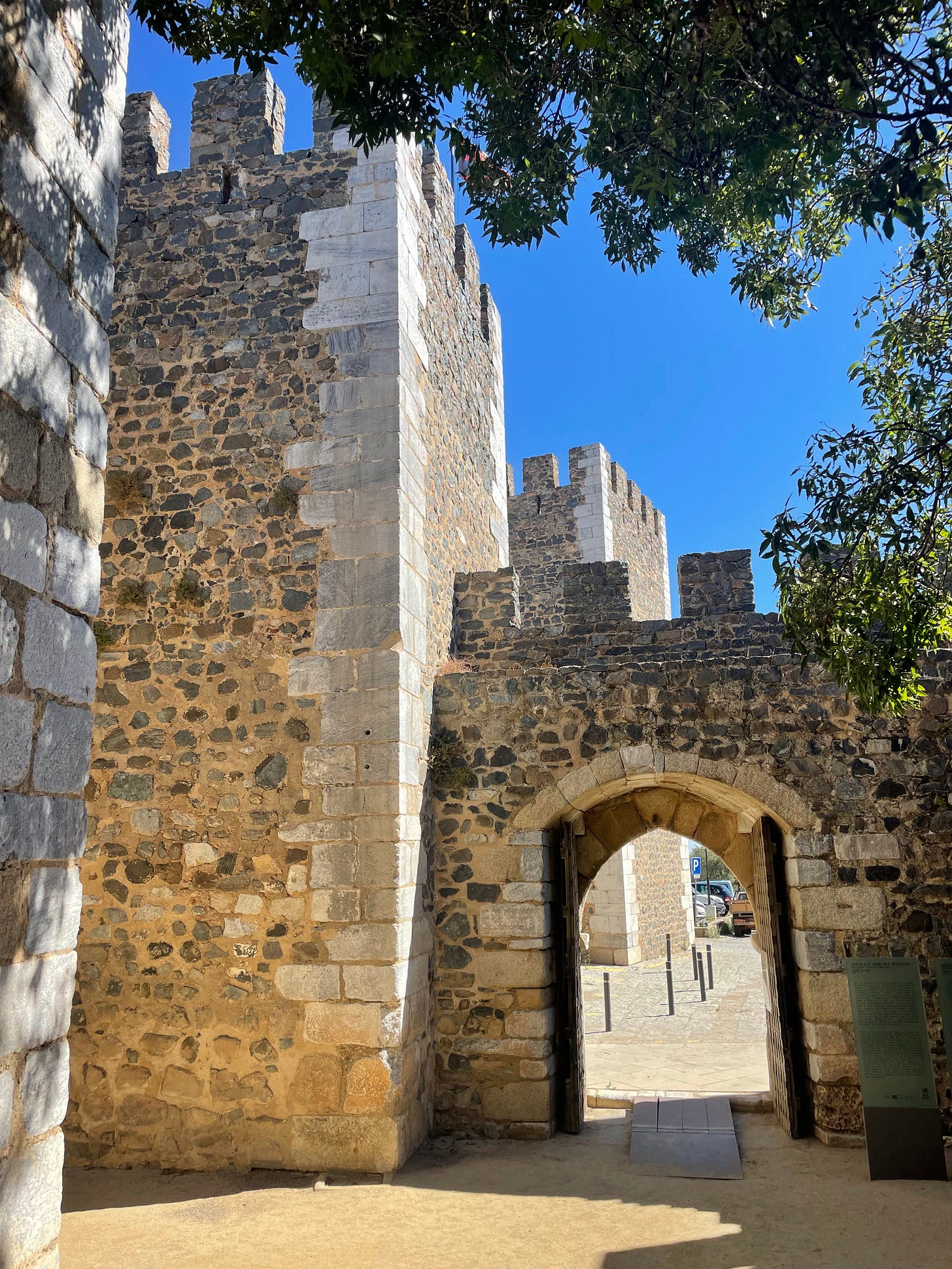
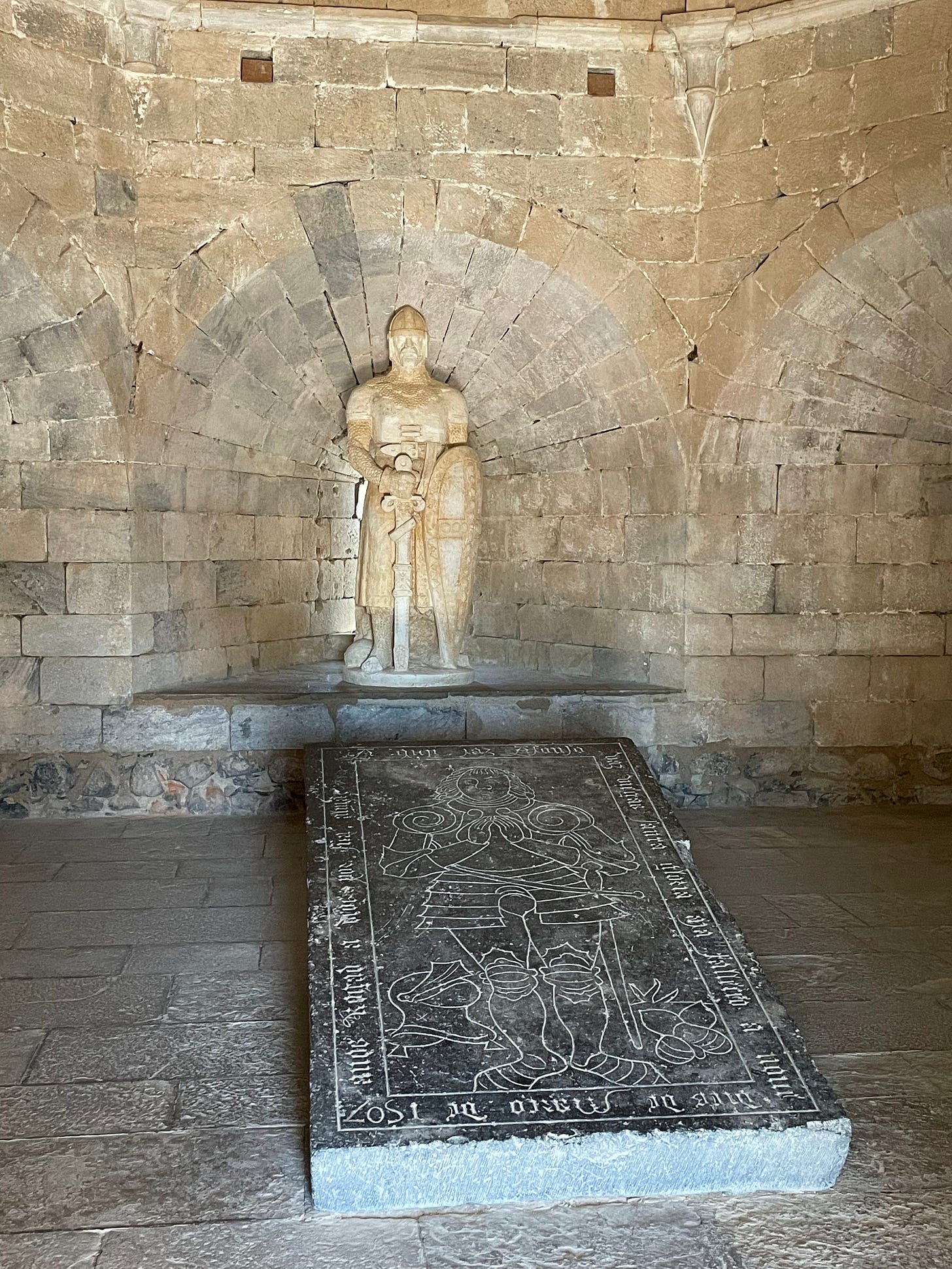

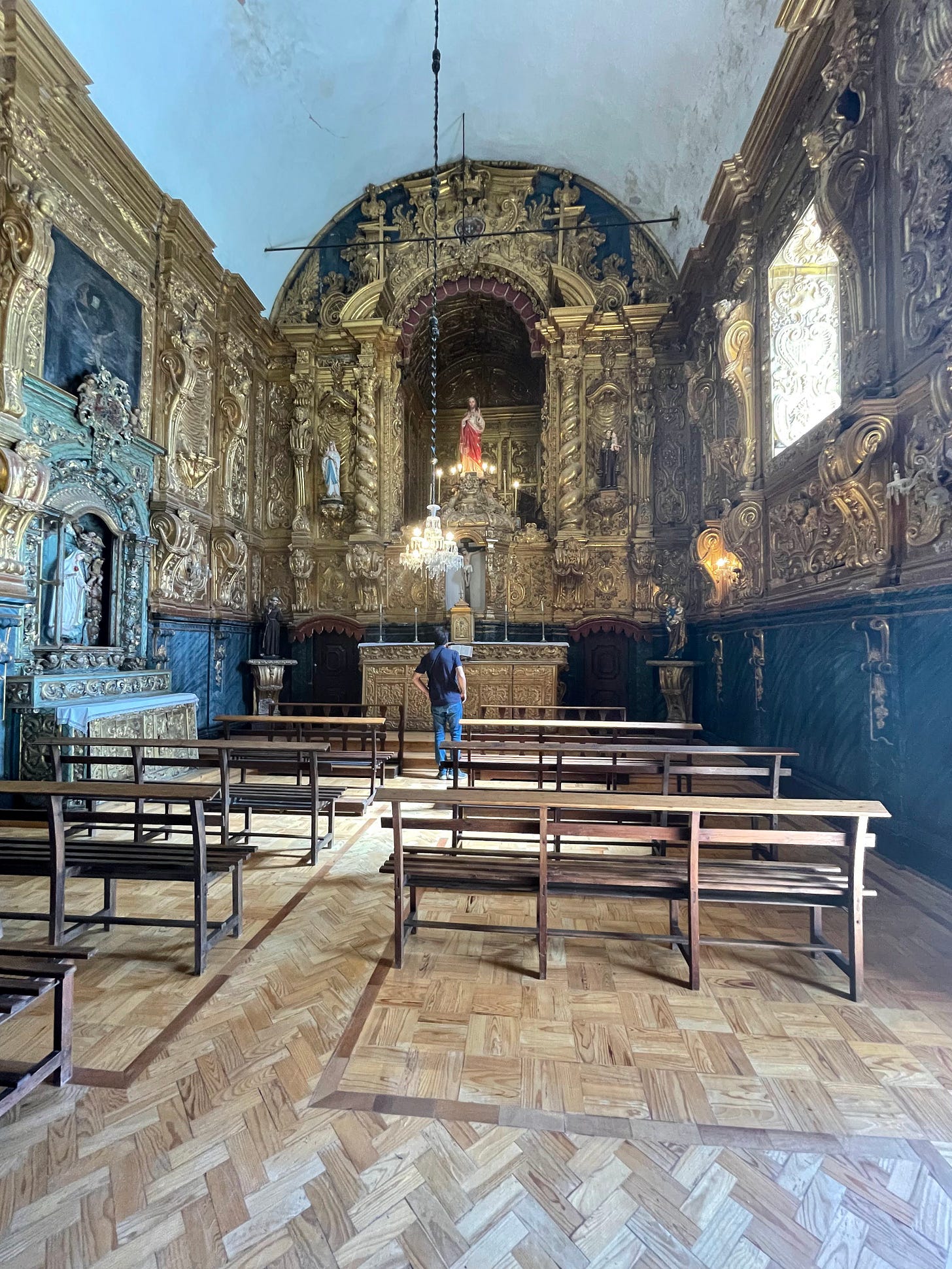
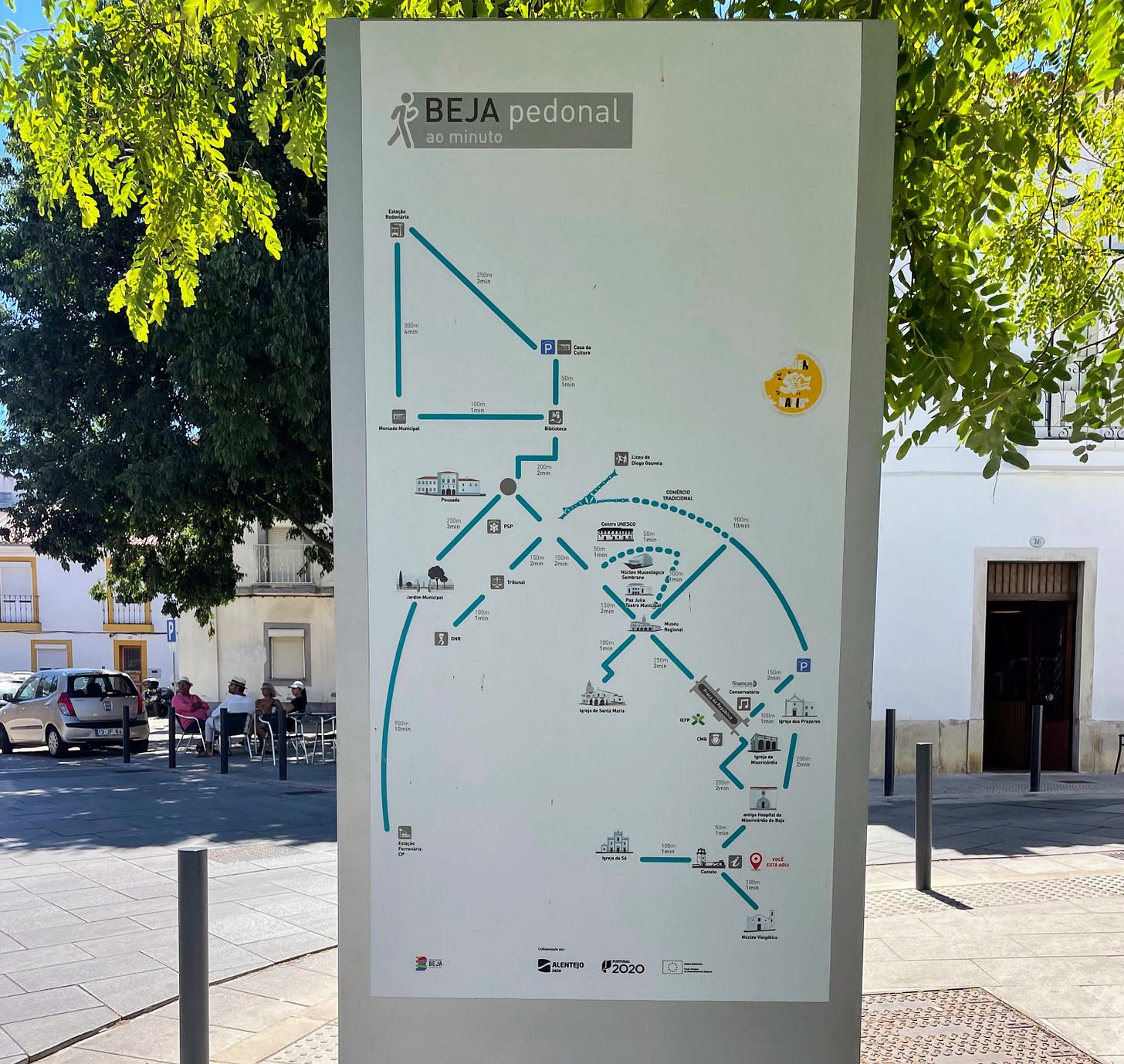
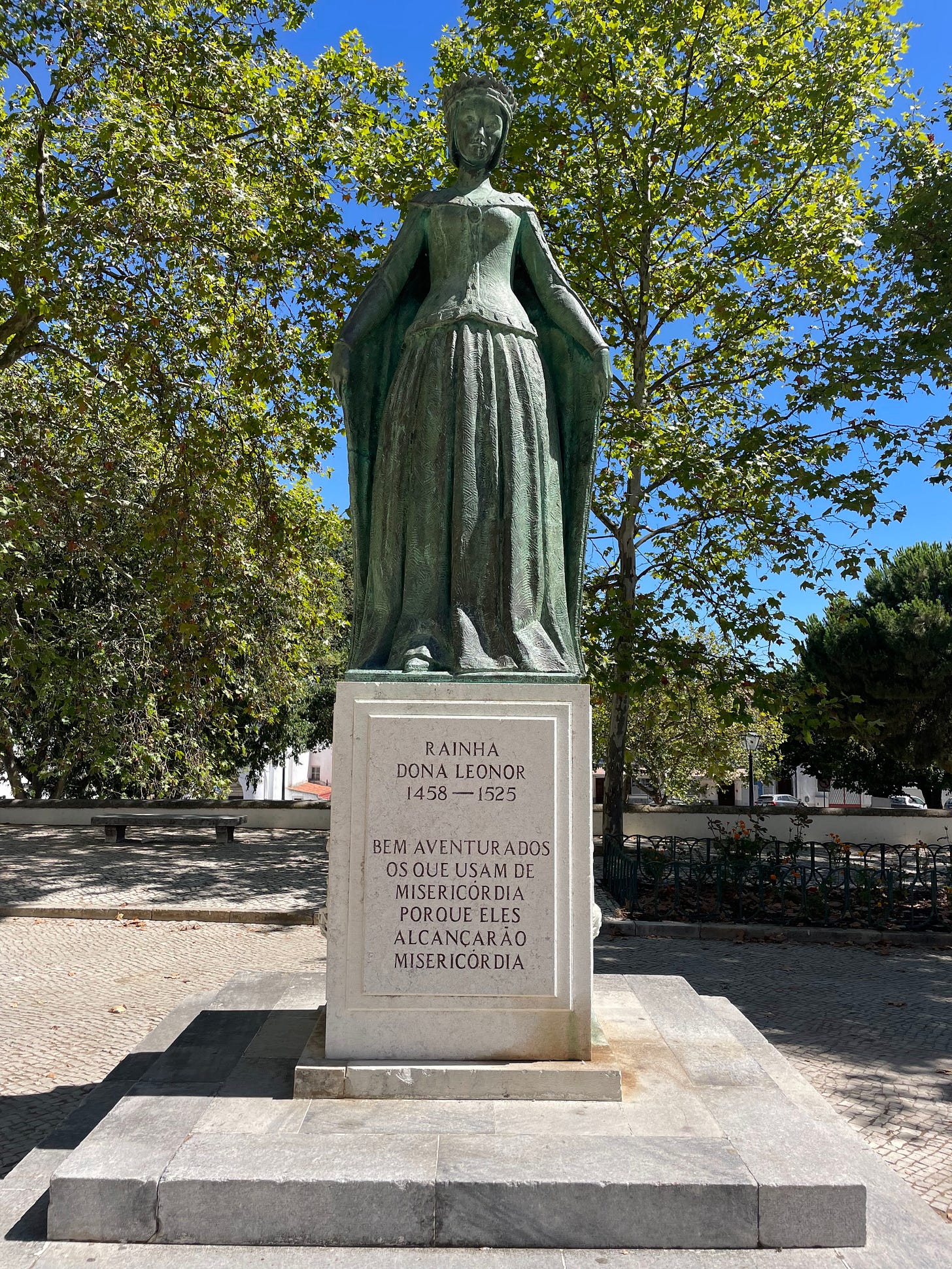
Beja is the capitol of our district. We live in Ourique. So we have obviously visited the town several times. Alentejo has a lot to explore so when heading back maybe other stops would not only give you better roads but also a wider view :)
So much to see and enjoy! Enchanting. Thank you, Nancy